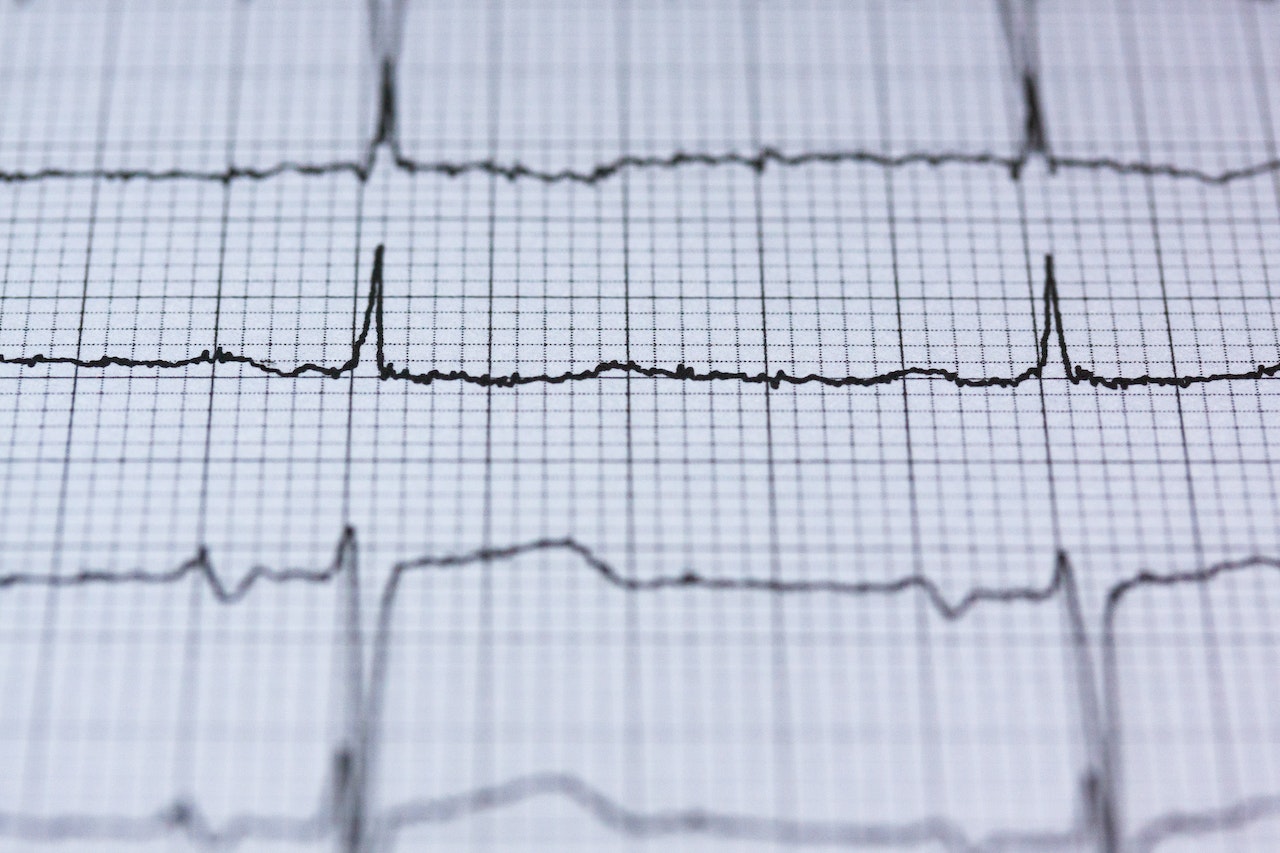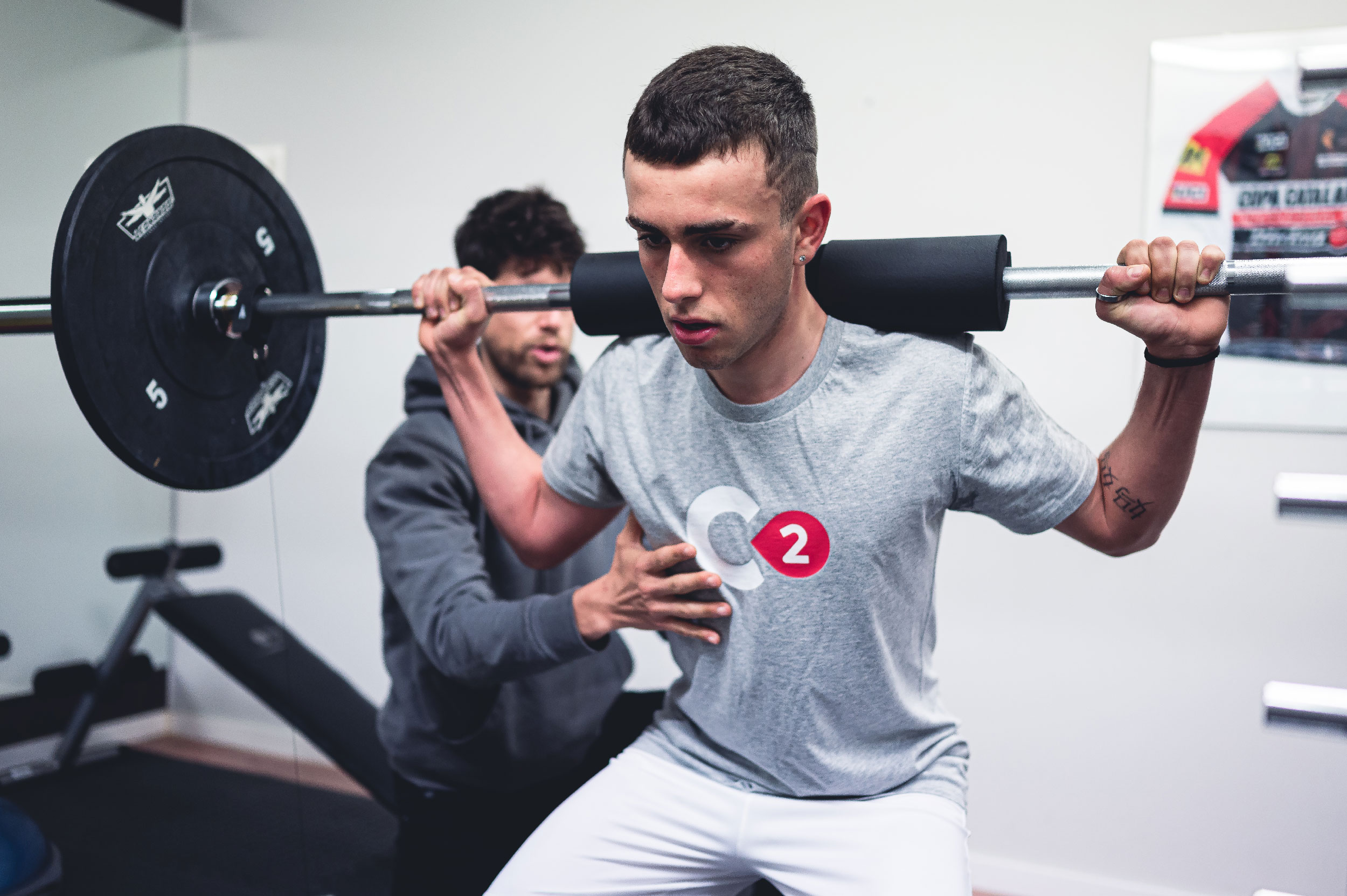
What is heart rate variability?
HR variability (HRV) or heart rate variability (HRV) refers to measurement of neurovegetative activity and autonomic function of the cardiac muscle. It can be determined by recording the temporal changes in the tracing of an electrocardiogram (properly performed) or there are currently several applications with sufficient reliability to measure this value..
HR informs us of the intensity of work or cardiovascular demand experienced, HRV provides us with information about the quality of cardiovascular regulation and its influences. The two variables are a measure of quantification of the internal load of the athlete during training..
Normally the basal heart rate has been used (in the mornings) to measure the degree of assimilation of the training load by the athlete. We knew that even 4-6 pulse/min. between sessions it can be acute fatigue caused by the previous day's training or the race, more than 6 to 12 may indicate a subacute phase of fatigue, as long as it is prolonged (Terrados et al.. 1992)
On the other hand values of more than 10 – 12 pulsations above the initial value for long periods (weeks) could indicate a possible medical problem, chronic fatigue or overtraining. (Terrados et al.. 1992)
This basal HR will also decrease as we get fitter., the lower it is and the longer the maximum HR is maintained, It will give us a clue that our state of form is correct or optimal., having cardiovascular and respiratory adaptations to training.
But now with the different studies that are coming to light we can control HRV or HRV, which speaking in simple language is the time in milliseconds that elapses between heartbeats. This period of time is not constant and varies from one heartbeat to the next..
In order to take advantage of all the information that HRV provides us, we must have a constant record of these values.. We can measure it with various heart rate monitors that are on the market and even some mobile applications..
The control of HRV indicates the result of the interactions of the autonomic nervous system with its sympathetic vagal balance. and the cardiovascular system also shows us the relationship between the sympathetic nervous system (SNS) and the parasympathetic nervous system (PNS).. In the resting state, vagal stimulation (PNS) normally predominates., while in states of stress, Anxiety and physical exercise predominate the stimulation of the SNS.
Pichot et al.. (2002) find that, during periods of intense training, with the improvement of general physical condition, this VFC is modified, indicating increased tone of the parasympathetic vegetative nervous system. In times of large amounts of training, with overload status, there is a stagnation of parasympathetic tone and an increase in sympathetic activity. When recovering from training overload, the vegetative nervous system returns to a predominance of parasympathetic activity..
For all this, These authors talk about the tone of the vegetative nervous system depending on the level of fatigue due to training loads..
How do we interpret the results?
If low values appear (2, 3 or 4…) we should reduce the intensity of training and even rest. On the contrary, if the value is high, we are in a position to face demanding training.
All these “high or low” values are always a function of our values., always in relation to our usual data. There are no normative tables in this regard nor does it make sense to compare ourselves with other subjects. That's why, It is important to acquire a habit of measurement and, consequently, evaluate measurements in relation to ourselves.
It should also be added that HRV is affected by the aerobic condition of each subject.. The variability of a highly aerobically trained heart is, generally, large during rest; however, the HRV of a sick/stressed heart is much lower. Children's HRV is also higher than that of adults.
In addition to aerobic exercise, there are other factors that affect HRV: age, sex, genetics, body position, time of day or state of health.
It is also true that as the intensity of physical exercise increases, HR increases, but HRV decreases, until it becomes very small or practically nil when we reach high intensities of effort, close to our maximum HR.
As a summary, It must be said that HRV or HRV can provide us with many benefits when planning our training along with controlling the adaptation to the workload that the athlete supports., which in this case would be your internal load or physiological response of the body to training. Technology increasingly simplifies the control of all this data, giving an infinite number of possibilities to control and see the athlete's response to the exercise.
Do we stretch? How and why?
We always recommend that our athletes stretch after training.
Strength development (2nd phase)
If you have followed the instructions in the previous post about strength work, you probably have
Know Training Peaks and WKO5, What differences are there? What is each of them for?
Qué es TrainingPeaks TrainingPeaks es una plataforma basada en la web (y con app móvil) orientada





